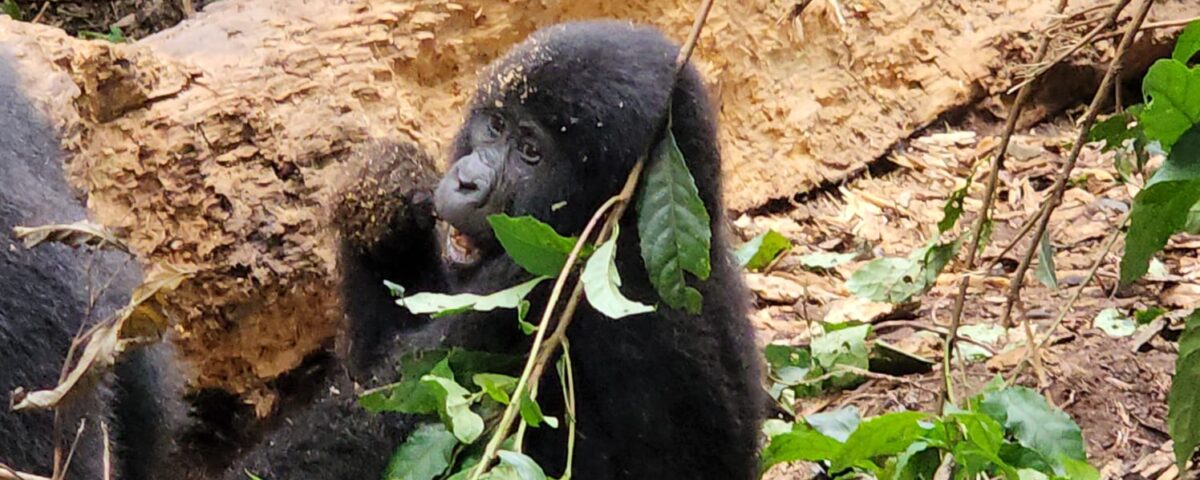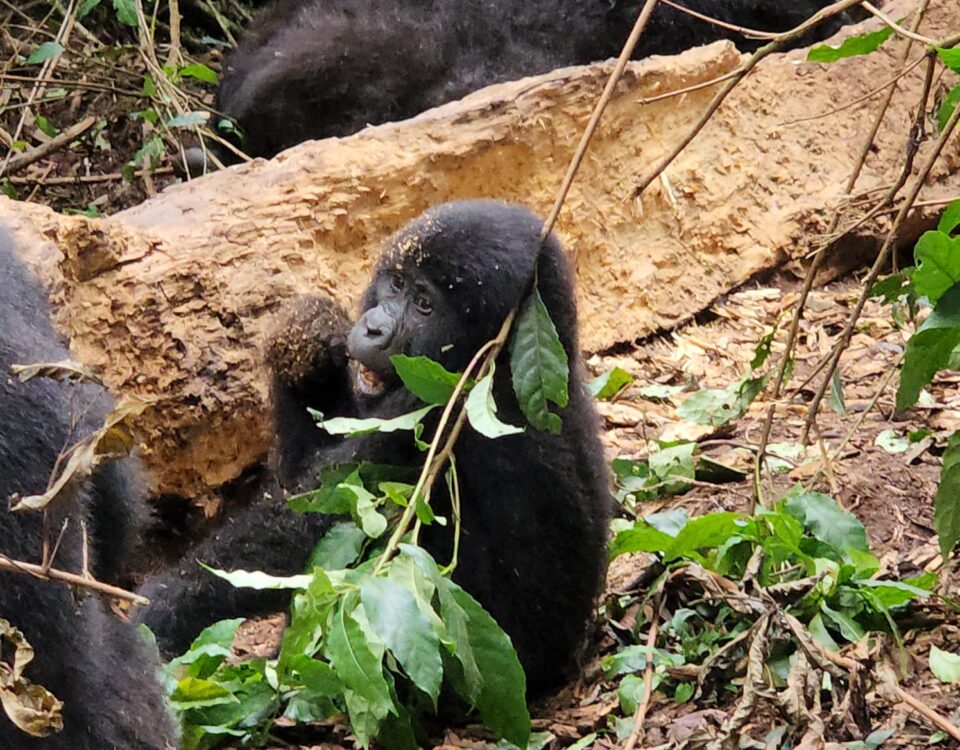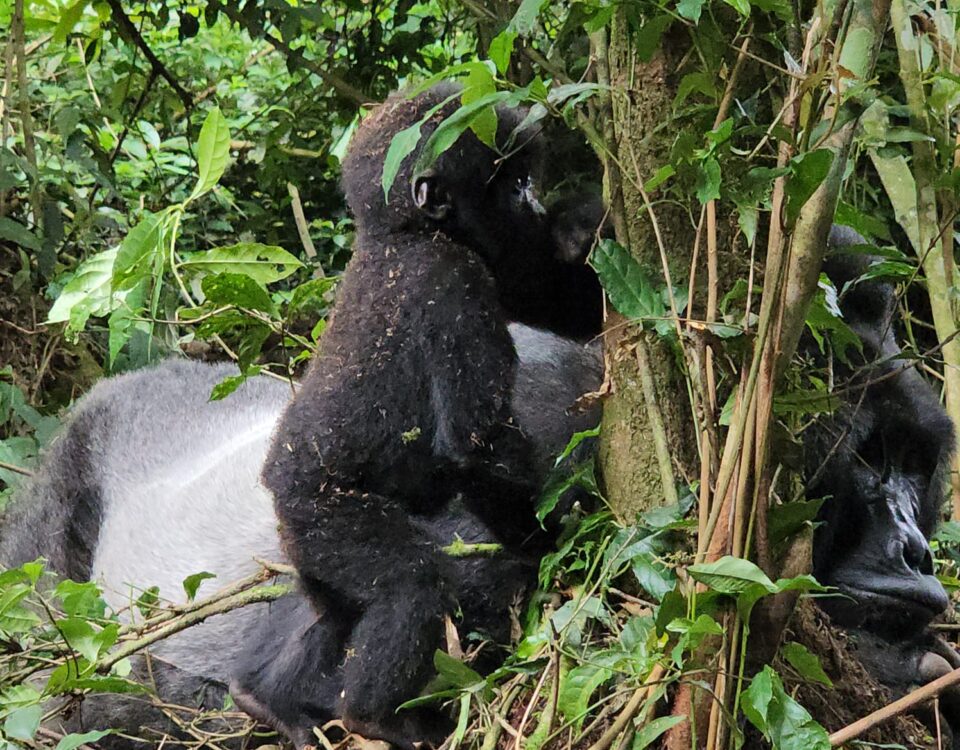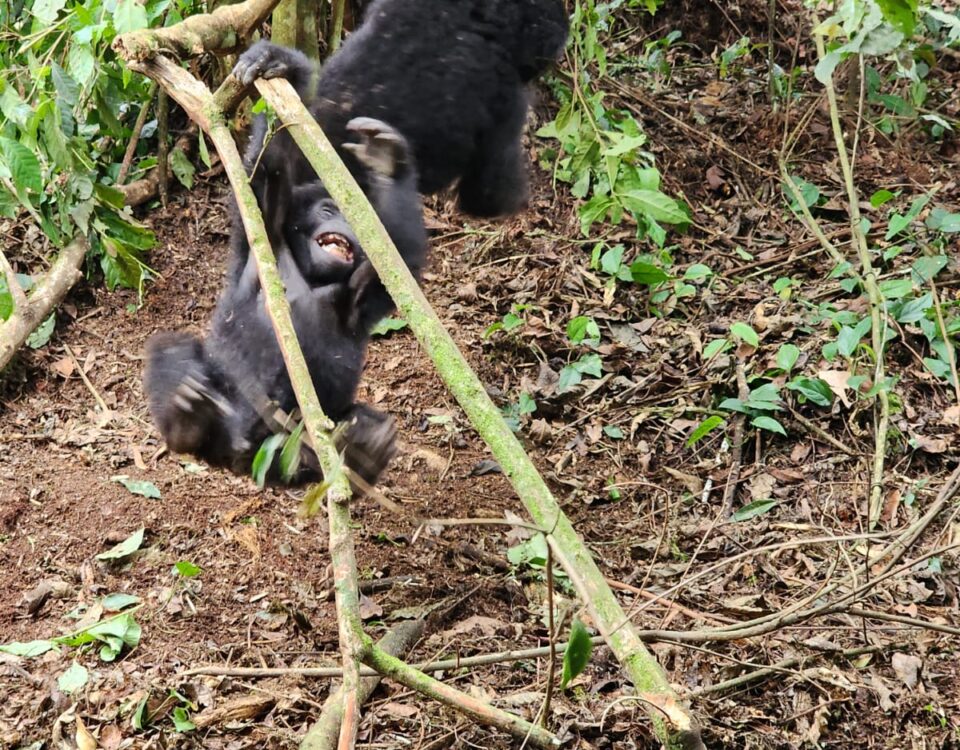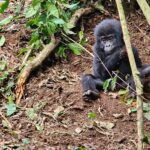
Can I Visit Volcanoes National Park on a Day Trip?
March 28, 2025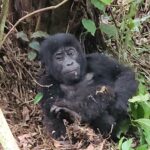
What Are the Best Camera Settings for Wildlife Photography in Volcanoes National Park?
March 28, 2025What is the Terrain Like in Volcanoes National Park?
What is the Terrain Like in Volcanoes National Park? Volcanoes National Park, located in the majestic Virunga Mountains of Rwanda, is not only famous for being home to the endangered mountain gorillas but also for its varied and rugged terrain. The park’s unique topography plays a significant role in shaping its biodiversity, the experiences visitors have, and the challenges faced during activities such as gorilla trekking. The diverse landscape of Volcanoes National Park, with its towering volcanoes, dense forests, and bamboo groves, creates an environment that is both breathtaking and, at times, physically demanding. This write-up will explore the different aspects of the park’s terrain, offering a deeper understanding of what to expect during a visit, especially for those planning to go on a gorilla trek.
The Volcanic Peaks and Crater Lakes
The most striking feature of Volcanoes National Park is its volcanic landscape. The park is part of the Virunga Massif, a region of volcanic mountains that includes some of the highest peaks in Rwanda. These volcanoes, which include Mount Karisimbi, Mount Bisoke, Mount Sabyinyo, and Mount Muhabura, dominate the landscape and contribute to the park’s dramatic scenery. The towering slopes of these volcanoes, with their misty peaks and deep valleys, make for an awe-inspiring sight.
The terrain around these volcanoes is rugged, with steep slopes and rocky surfaces that challenge even experienced hikers. The treks to the peaks, such as the hike to Mount Karisimbi’s summit, are physically demanding and require a good level of fitness. For visitors who choose to embark on a hike to the crater lakes, such as the one on Mount Bisoke, the terrain can be slippery and uneven, but the reward is worth the effort. The crater lakes are nestled at the top of the mountains, offering serene and picturesque views that are unforgettable.
The volcanic nature of the park also influences its ecosystems. The rich soils produced by volcanic ash support a diverse range of plant life, from lush forests to the bamboo groves that are home to the golden monkeys. The combination of volcanic activity and rich biodiversity makes the terrain of Volcanoes National Park both beautiful and essential for conservation.
The Dense Forests and Bamboo Groves
One of the defining characteristics of Volcanoes National Park is its dense forests, which are integral to its ecosystem. These forests are a critical habitat for many of the park’s wildlife, including the famous mountain gorillas. The terrain in these forested areas can be challenging to navigate, especially for visitors who are new to hiking or trekking in rugged conditions.
The park’s forests are primarily composed of montane and sub-montane vegetation, which means the flora in these areas is adapted to high-altitude conditions. The trees are often tall and dense, creating thick canopies that block out much of the sunlight, leaving the forest floor dimly lit and filled with ferns, mosses, and shrubs. Walking through these forests during a gorilla trek requires navigating through tangled vegetation, which can be slippery or thorny. Although the terrain can be tough, park rangers guide trekkers to ensure their safety and help clear paths as they move forward.
In addition to the montane forests, Volcanoes National Park is also known for its bamboo groves, which are primarily located in the lower altitudes of the park. These groves are vital habitats for the park’s golden monkeys, an endangered species closely related to the mountain gorillas. Bamboo shoots serve as the primary food source for both golden monkeys and mountain gorillas, making this terrain essential for their survival. For trekkers, walking through the bamboo forests offers a unique experience, with narrow paths winding through tall bamboo stalks that seem to touch the sky. While these areas are more manageable than the steep volcanic slopes, the ground can still be uneven, making trekking a bit tricky.
The Undulating Hills and Valleys
The terrain of Volcanoes National Park is also defined by its undulating hills and valleys, which are scattered throughout the park. These hills, which are the remnants of ancient volcanic activity, create a picturesque landscape of rolling terrain. The valleys are often deep and surrounded by steep ridges, creating a sense of seclusion and wilderness. Hiking through these valleys requires careful navigation, as the slopes can be steep and uneven, particularly in the wet season when the ground becomes slippery.
As trekkers move from one area of the park to another, they will encounter varying elevations and different types of vegetation. The higher altitudes of the park are often covered in forests, while the valleys are typically lush with grass and shrubbery. The variation in terrain also supports a wide array of wildlife, including the elusive forest elephants, golden monkeys, and of course, the mountain gorillas. These variations in terrain contribute to the park’s biodiversity and make each trek through the park a unique experience.
Challenges and Rewards of Trekking in the Terrain
Trekking through the terrain of Volcanoes National Park is no easy feat. The varying landscape, from steep volcanic slopes to dense forests, presents physical challenges for visitors. While trekking to see the mountain gorillas is the primary attraction, the terrain itself is both a challenge and a reward. The difficult terrain requires a certain level of physical fitness, as the trails can be long and strenuous. Trekkers should be prepared for muddy conditions, steep inclines, and the need to occasionally wade through thick underbrush.
However, the effort is always worth it. The terrain offers trekkers the chance to immerse themselves in one of the world’s most pristine ecosystems, where they can witness diverse flora and fauna in their natural habitats. Reaching the gorillas, for example, after trekking through the dense forest and rocky paths, is an incredibly rewarding experience. The breathtaking views of the park’s peaks, valleys, and forests only add to the sense of accomplishment once the trek is completed.
For those interested in hiking to the volcanic peaks, the views from the top are equally rewarding. Whether you’re gazing at the crater lakes on Mount Bisoke or taking in the panoramic views from Mount Karisimbi, the scenery offers incredible photo opportunities and a chance to appreciate the park’s dramatic beauty. The terrain is tough, but the payoff is a deeper connection to nature and an unforgettable adventure.
Cultural Experience: Engaging with the Local Communities
In addition to the physical challenges of trekking through the terrain of Volcanoes National Park, visitors also have the opportunity to experience the culture of the surrounding communities. The park is home to the Batwa people, an indigenous group who have lived in the forests for centuries. Traditionally, the Batwa were forest dwellers, relying on the resources of the forest for food, medicine, and shelter.
However, when Volcanoes National Park was established, the Batwa were displaced, and their way of life was disrupted. Today, the Batwa have found ways to engage with visitors by offering cultural experiences that allow them to share their history, music, dance, and traditional crafts. These cultural interactions are often incorporated into the trekking experience, providing a fascinating contrast to the physical challenges of the terrain. Visitors can enjoy a cultural visit to the Iby’Iwacu Cultural Village, where they learn about the Batwa’s connection to the park’s forests and how they are adapting to modern life while still preserving their traditions.
The cultural experience adds depth to the trek, as it allows visitors to understand the importance of preserving both the park’s natural and cultural heritage. The combination of trekking through the park’s challenging terrain and engaging with the local communities provides a well-rounded experience that highlights the park’s rich biodiversity and cultural significance.
Conclusion: A Terrain Like No Other
The terrain of Volcanoes National Park is as diverse and captivating as the wildlife it supports. From volcanic peaks to dense forests and bamboo groves, the park’s unique landscape offers a variety of challenges and rewards for those who visit. Trekking in the park requires a good level of physical fitness, but the stunning views, diverse wildlife, and cultural experiences make every step worthwhile. Whether you’re tracking mountain gorillas through thick forest or hiking to the summit of a volcano, Volcanoes National Park’s terrain offers an adventure unlike any other, immersing visitors in the natural beauty and cultural richness of Rwanda.

